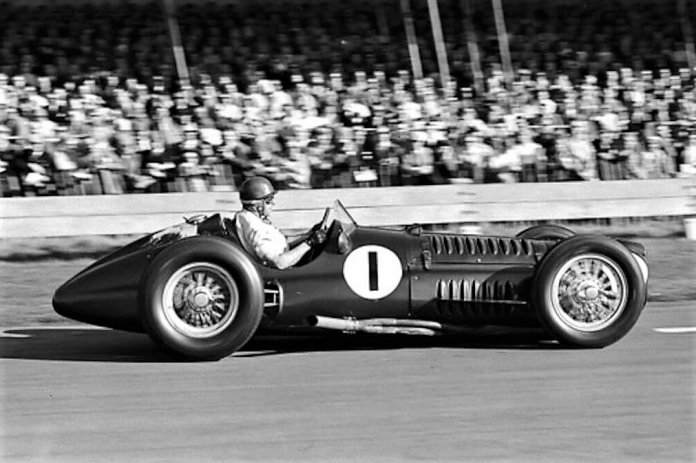British Racing Motors, the UK’s original Formula 1 team, celebrates its 70th anniversary with the construction of three continuation versions of the groundbreaking Type 15 Mk1 BRM V16 race cars, which in the early 1950s thrilled racing fans with the wail of their high-revving V16 engines.
The first of the hand-built P15 V16s, which is expected to be delivered next year, will go to John Owen, the son of the BRM team principal, and his family, according to a BRM news release.
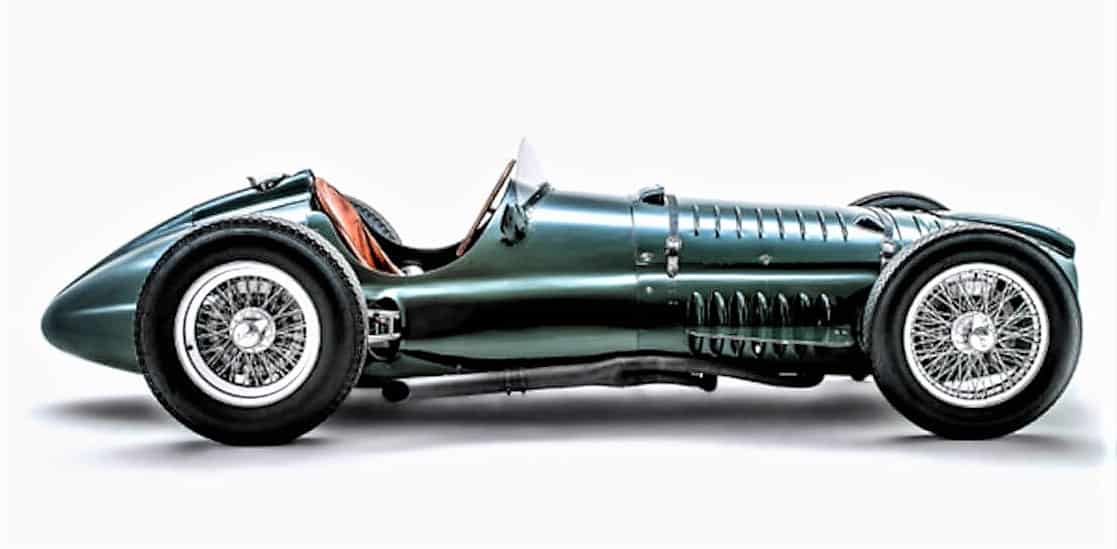
Owen, now 81, said he was just 10 years old when he heard the captivating sound of the legendary race cars, created by the V16 engine that developed 600 horsepower while reaching an incredible 12,000 rpm, which was monumental in its day and still beyond the range of most road cars.
“He was also deeply influenced by its mission – it was a car built by Britain’s finest engineers for an expectant nation, to take on the might of the post-war Italian and German teams,” the release says. “Being raced around the grand prix circuits of Europe by legendary drivers such as Juan Manuel Fangio and Jose Froilan Gonzalez only added to the attraction.”
Owen’s father was Sir Alfred Owen, a leading British industrialist and founding member of BRM, “the consortium charged with building a world-class race car and bringing championship glory to the nation – a vision that was ultimately fulfilled in 1962,” the release says.
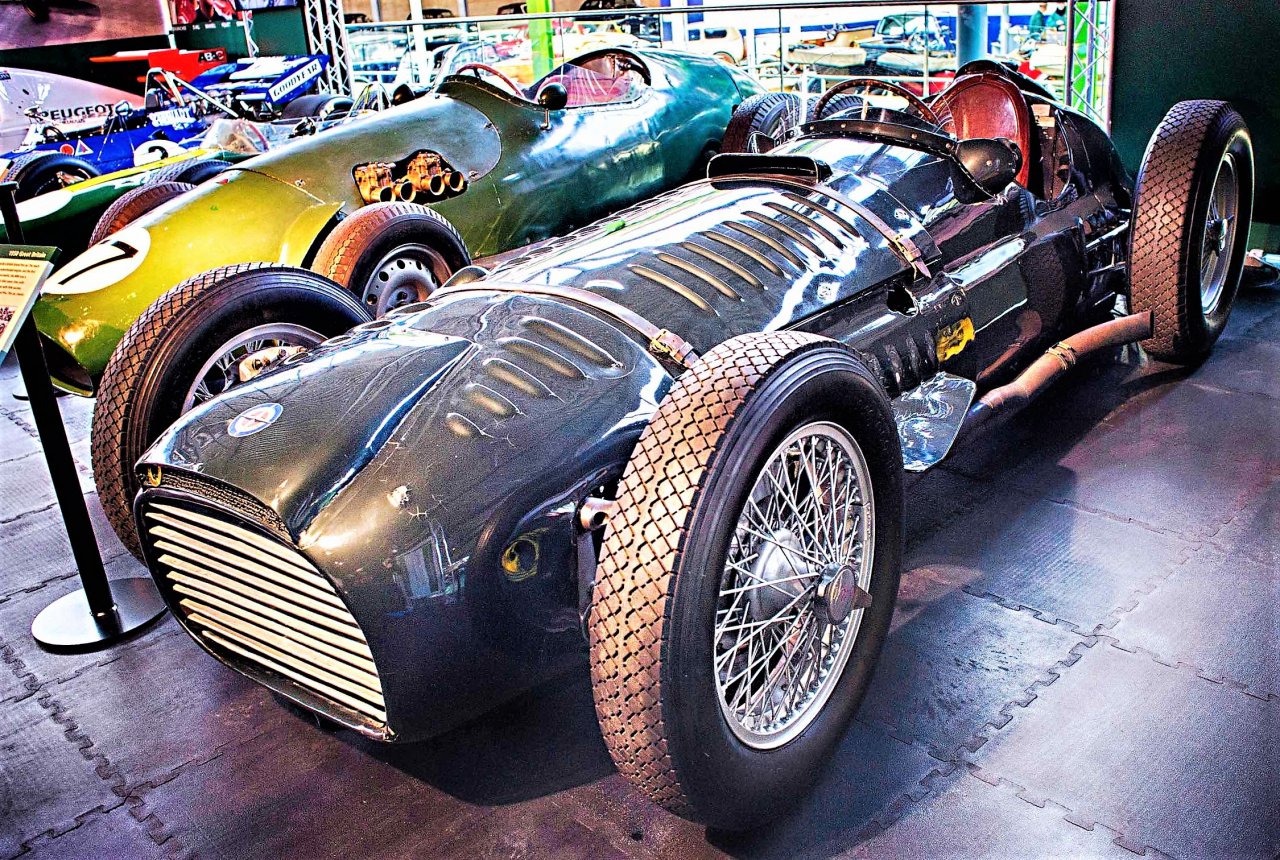
Only one V16 Mk 1 survives, according to BRM, and it remains a “cherished museum piece” that is too valuable to run on a race track. With no operational V16s in existence, it became John Owen’s dream to once again hear that mighty engine roar once again.
This became the genesis of the plan to re-create authentic examples of the V16 Mk 1.
“Watching the likes of the Pampas Bull (Gonzalez) and, in particular, Fangio master the power of the V16 was very special,” he said. “And the fabulous noise of the engine still rings in my ears 70 years on.
“In a selfish way, I have always dreamed of hearing that sound again, but now I’d also love to share that sensation with others. To hear the V16 screaming at full tilt for the first time is something special – something you never forget.”
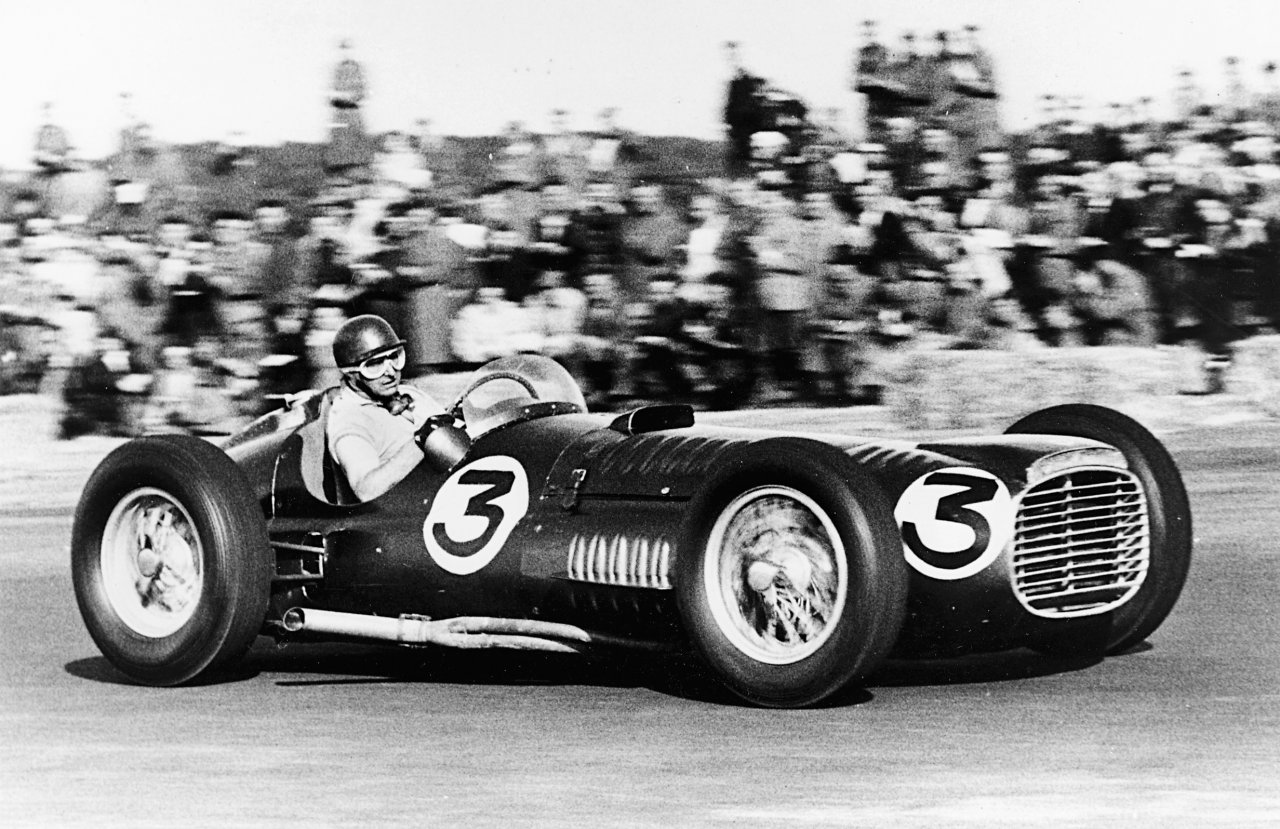
John Owen’s grandsons, Simon, Paul and Nick, helped launch the project, with the discovery of several Mk 1 chassis numbers that had been allocated by the BRM team in 1950, but never built due to a change in Formula 1 regulations, presenting the opportunity to build continuation cars.
“Growing up, I was very aware of the old man’s passion for the BRM V16, especially the sound it made,” Simon Owen said. “Like most of my generation, I never had the privilege of hearing it race in anger, but now we are all very keen to change that and bring the BRM experience to a new generation of fans.
“We are in a unique position to sanction the build of additional cars using these original chassis numbers, and it became our mission to make it happen.”
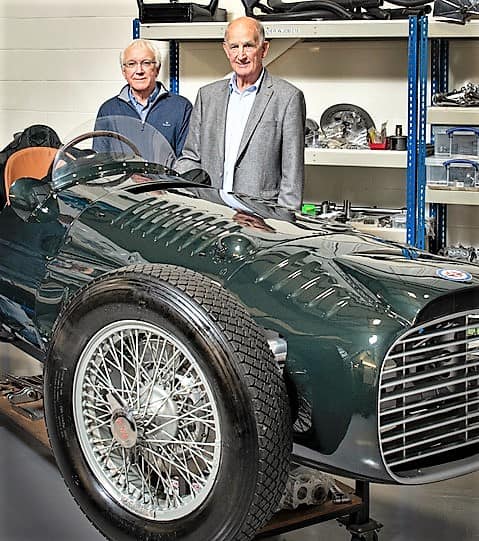
Rick Hall, former BRM F1 team engineer, will oversee construction of the BRM V16 race cars using all original blueprints, the company said. His restoration company, Hall and Hall of Bourne, Lincolnshire, are currently constructing the cars.
“I have been passionate about BRM since I joined the team at the end of ’72,” Hall said. “I have spent the last 50 years or so working with these remarkable pieces of British and Formula 1 engineering history and am delighted to be teaming up with the Owen family and BRM to be their official historic racing partner — I only wish I was 20 years younger.”
The authenticity of the continuation project has been made possible by the vast and “astonishingly complete collection of original documents, letters, cuttings and, most importantly, technical drawings that remain under BRM ownership,” the release says. The archive has been totally digitized and documented by Nick Owen.
“Without the 20,000 or so original technical drawings, we could not have contemplated such an ambitious project,” Nick Owen said. “But incredibly, that is just the starting point, as these archives tell the story of staggering British innovation and engineering skill.
“This is a story about how BRM and a few men in sheds influenced Formula 1 and the wider motor industry.”
With its V16 continuation project, BRM joins several other iconic British brands – Jaguar, Bentley and Aston Martin – in building re-creations of some of their most famed and successful pieces of history.
Each of the BRM continuation cars will be constructed to FIA standards, according to the builders, and will be fully eligible for historic racing, which will allow “future generations worldwide to see, and above all, hear, the mighty V16 for years to come.”
Pricing for the BRM V16 race cars was not available. More information is available on the BRM website.



